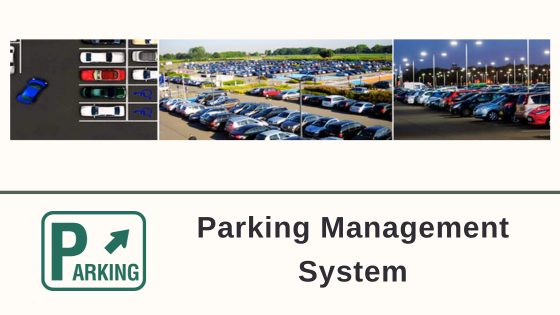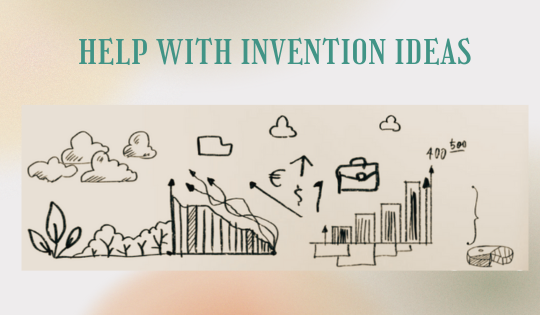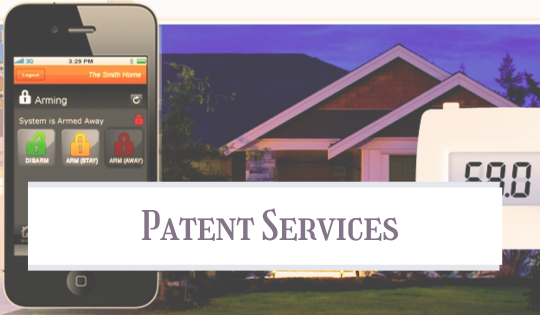Parking management systems play an indispensable role in our modern urban environments, promoting efficiency, convenience, and safety. Generally speaking, they involve the utilization of various technologies and strategies to ensure seamless operation of parking services across different settings such as malls, airports, apartment complexes, and city streets.
Components of a Parking Management System
Automatic Entry and Exit System: The first point of interaction between a driver and a parking management system is often at the entry and exit points. Here, automatic systems can make use of license plate recognition technology or RFID tags to identify vehicles, marking entry times and granting access or exit accordingly.
Parking Lot Equipment: This includes boom barriers, parking gates, ticketing machines and more. Working alongside other technology, this equipment helps maintain order, control access and log important data within the parking lot.
Parking Guidance System: To maximize parking efficiency, modern parking systems often employ signage or other notification methods, guiding drivers to available parking spots quickly and effortlessly.
Parking Bay Monitoring: Sensors or cameras can monitor individual parking spots in real-time, providing accurate data on space occupancy. This information feeds into the parking guidance system, enabling precise navigation.
Payment Systems: Without reliable and versatile options for processing parking fees, any parking management system would be incomplete. To provide convenience to the user, these systems often accept various forms of payment: cash, credit, or even mobile payments. In some cases, there might be digital pay stations, automated kiosks, or mobile applications for payments.
Management Software: This software forms the backbone of the entire parking management system. It handles data collection, system operations monitoring, reporting, and overall management.

How Does it Work?
In a comprehensive parking management system, these components interact seamlessly to facilitate a straightforward and stress-free parking experience.
- Vehicle Entry: Upon a vehicle’s approach, sensors trigger the barrier gate to open after the automated system verifies the vehicle (either via a token, card, RFID tag, or license plate recognition). It then logs the entry time.
- Spot Allocation: Once inside, the vehicle would be guided to an available spot via signage or an announcement system.
- Vehicle Parking: The driver parks in the designated spot, which is then registered as occupied in the system.
- Payment Calculation: The system automatically calculates the parking fees based on the duration of the stay and the rate applicable.
- Payment: The driver makes payment at the automated payment stations or via a mobile app.
- Exit: Upon successful payment, the system communicates with the exit gate to allow the vehicle to leave.
Benefits
Parking management systems offer numerous benefits at a number of levels. For facility managers, they simplify operations and streamline administrative workload. They secure and maximize revenue, provide important usage data, and enhance security.
For users, these systems reduce the time spent looking for a parking spot, offer diverse payment methods, and often provide receipt tracking for convenience. Furthermore, effective management of parking resources can lead to appreciable improvements in traffic flow and the overall user experience.
Conclusion
In conclusion, parking management systems operate by dint of several technologies and strategies working in unison. The user-friendly and efficient nature of these systems benefits everyone involved, making them a valuable innovation in our increasingly urbanized world.





